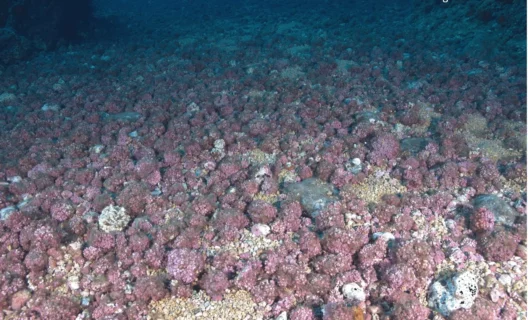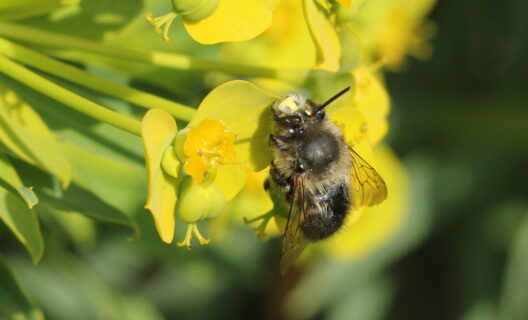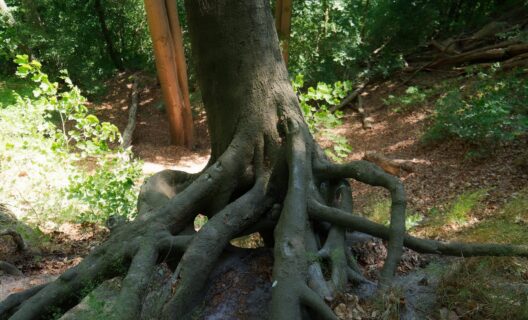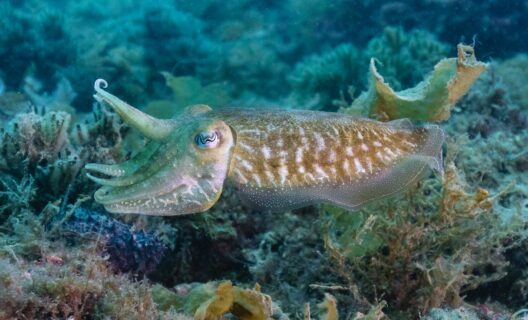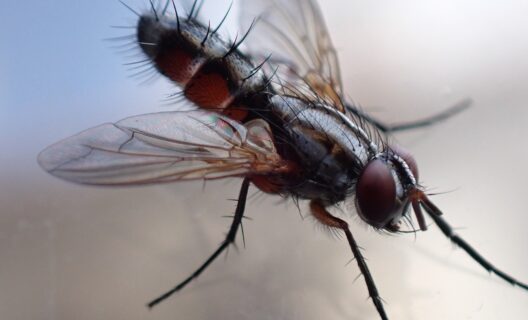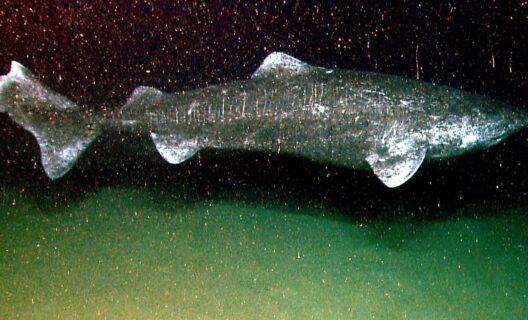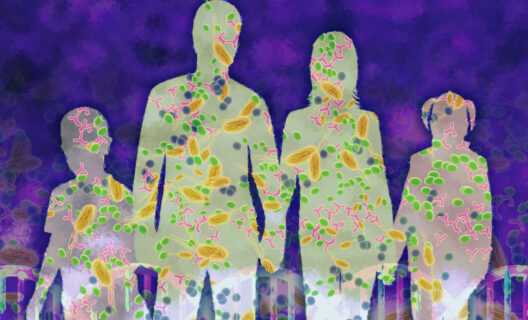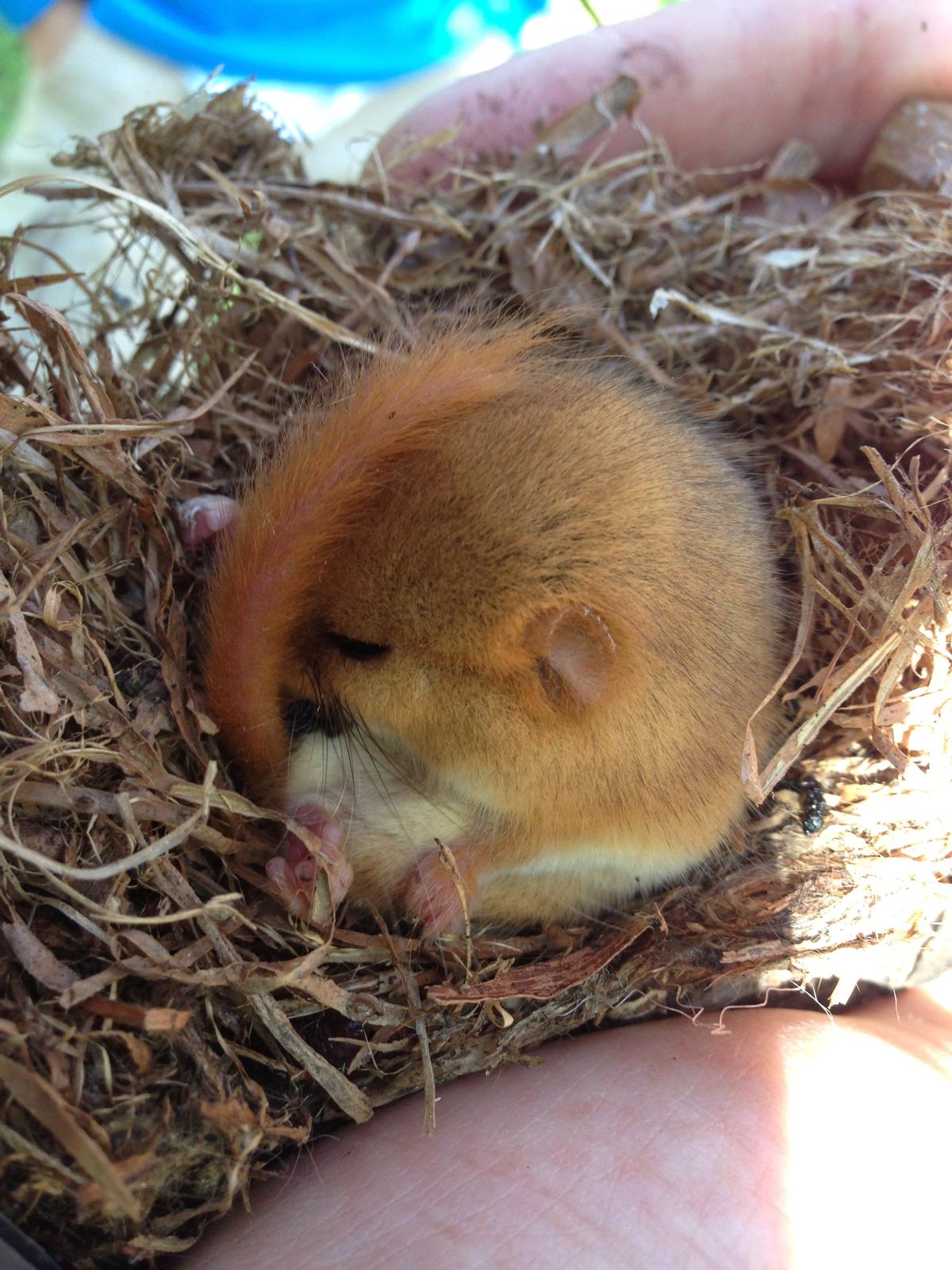

Reading time
0 min
Its discovery in a Milanese park demonstrates the effectiveness of environmental restoration efforts.
Protecting the environment can lead to concrete and significant results: this is demonstrated by the unexpected discovery at Milan’s North Park of a small arboreal rodent, the dormouse (Muscardinus avellanarius). The discovery was made by researchers from the Biodiversity Conservation Laboratory at the University of Milan-Bicocca, led by Olivia Dondina, an NBFC researcher specializing in the protection and restoration of biodiversity in urban areas.
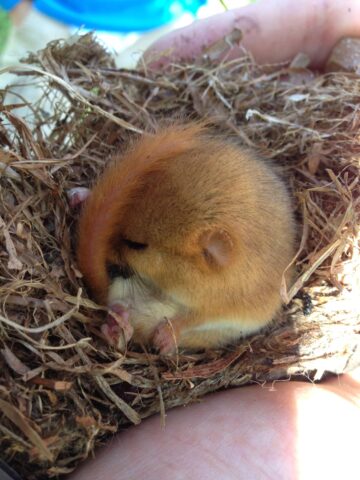
""
The research project
The rodent discovery occurred during a wildlife monitoring activity. This activity is part of a research project, launched in the spring of 2023, that aims to study small mammals in different Italian urban settings (Milan, Florence, Rome, and Campobasso) to identify environmental features that favor the presence of wild or synanthropic species.
Specifically, the research seeks to determine which characteristics-such as size, degree of connectivity with other green areas, vegetation composition and structure, and management methods-allow wild species to survive in the city, and which ones encourage the proliferation of undesirable synanthropic species, such as rats or invasive gray squirrels.
In other words, the study aims to provide useful information for the creation and management of urban green areas that are ecologically functional and resilient, supporting biodiversity and providing citizens with essential ecosystem services such as air purification, noise pollution reduction and climate regulation. It was during one of the project’s planned monitoring that the presence of the midge was detected.
""
An unexpected find
The dormouse, which is rare in the Po Valley, is similar to the dormouse but golden-orange in color. Normally, this small mammal’s favorite habitat is deciduous forests with an undergrowth rich in hazels, brambles, dog roses and hawthorns, on which it feeds.
Its presence in Milan’s Parco Nord-the first report of the midge in an urban environment in northern Italy in historical times-is significant because it shows that the area in question has reached a good level of ecosystem functionality, such that it can also host species sensitive to habitat loss such as the midge, and consequently highlights the success of the environmental restoration work carried out in the park.
""
A hope for future interventions
The discovery of the midge in Milan’s North Park has significance far beyond the simple finding of a small rodent. It represents a tangible sign of nature’s capacity for regeneration, demonstrating that even in heavily man-made urban settings it is possible to create healthy ecosystems rich in biodiversity. The hope is that this finding will represent a successful case study that will inspire and guide the creation of other ecologically functional urban green areas, contributing to the conservation of biodiversity locally and nationally.
The journey goes on
Every story paves the way for the next: discover where biodiversity takes you


